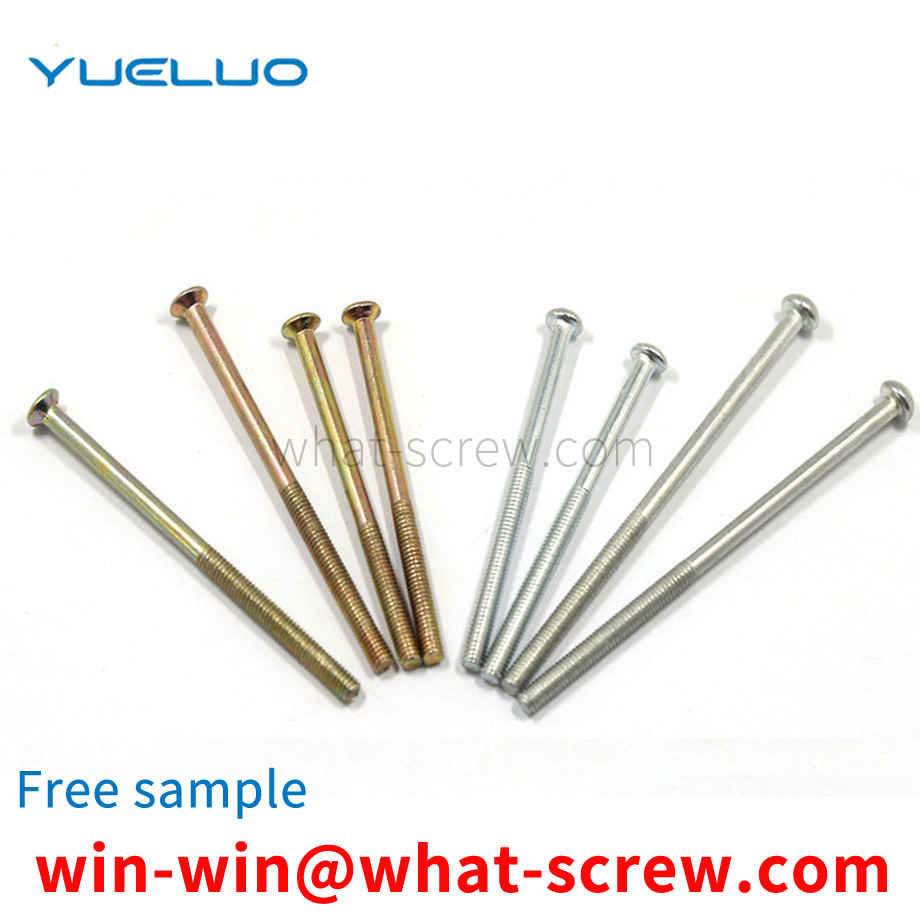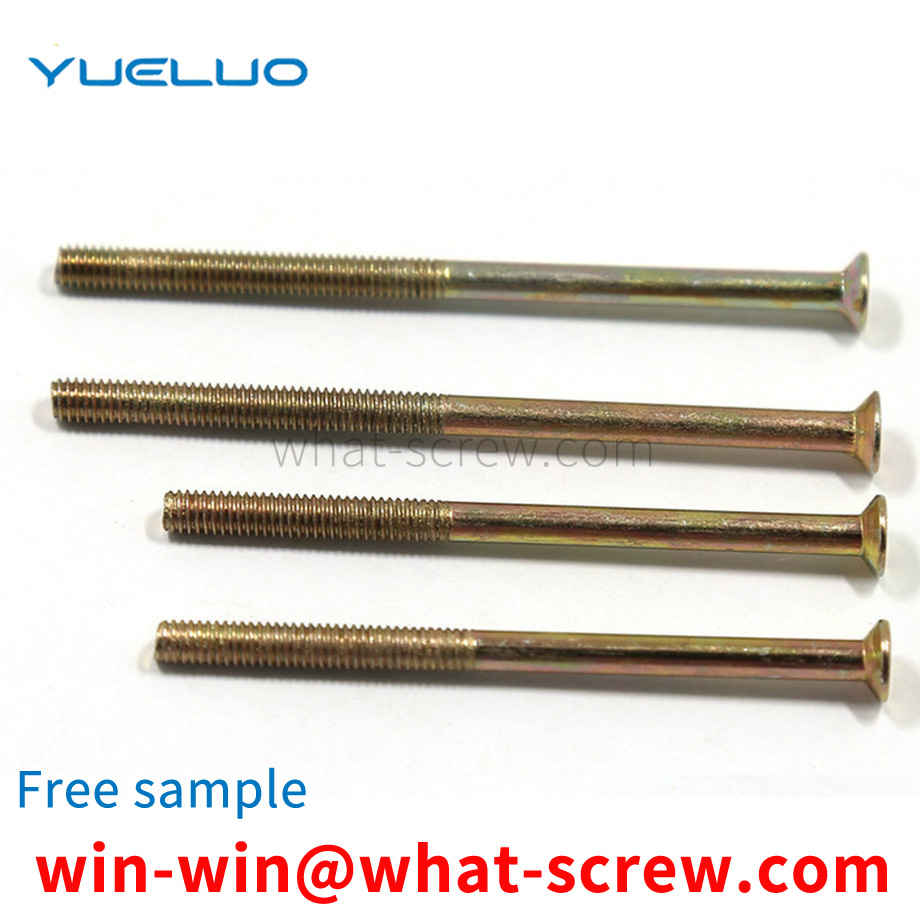The nut is based on the reaction force principle of the inner hexagonal cone of the clamping part and the outer hexagonal cone of the locking part. The higher the pressure, the tighter the lock, so that the bolt can achieve the purpose of self-locking and tightening. The existing bolts rely on multiple nuts against each other to prevent loosening. This method cannot be completely locked, and the bolts are easily loosened when subjected to huge pressure and vibration, which hides potential safety hazards;
There is a standard for the outer hexagon bolt standard, which is a grade standard, which is divided into grade 4.8 and grade 8.8. These two levels are used a lot in the market. Especially grade 4.8 hex head bolts. Because it is much cheaper than 8.8 hex bolts. Of course it is more widely used. But for demanding products. Because of its high requirements in various aspects such as hardness. This requires the use of 8.8 hex bolts. Grade 8.8 hex bolts are harder in terms of hardness and screw torque. It is safer to use the product. Tighter and more stable.
As one of the screws, self-tapping screws can directly drill holes on the plate to be fixed by themselves and lock them together with the plate to be fixed. They are easy to use and have a good fixing effect, so they are widely used. However, in the prior art, when the screw is perforated on the plate to be fixed, it is prone to skew, which affects the fixing effect and also reduces the aesthetics. To sum up, how to overcome the above-mentioned defects of the screw fixing method in the prior art is a technical problem to be solved urgently by those skilled in the art.
In industrial production, some products need to remove the fixing screws; or in the assembly line, the screws that fix the product on the fixture also need to be removed when the product is unloaded. At present, the dismantling of the screws is mainly completed by the manual operation of the operator. However, this method of manually dismantling the screws has low work efficiency and high production cost.
Stud bolts generally need to be surface treated. There are many types of bolt surface treatments. Generally, electroplating, blackening, oxidation, phosphating, and electroless zinc flake coating are commonly used. However, electroplated fasteners account for a large proportion of the actual use of fasteners. Especially in automobiles, tractors, home appliances, instrumentation, aerospace, communications and other industries and fields are more widely used. However, for threaded fasteners, not only a certain anti-corrosion capability is required in use, but also the interchangeability of threads must be ensured, which can also be called screwability here. In order to meet the dual-use performance of anti-corrosion and interchangeability required by threaded fasteners in use, it is very necessary to formulate special plating standards. [1] The GB/T5267.1-2002 [Threaded Fastener Electroplating Coating] standard is one of the national standards Fastener Surface Treatment series of standards, which include: GB/T5267.1-2002 [Fastener Electroplating Layer]; GB/T5267.2-2002 [Fastener electroless zinc flake coating] two standards. This standard is equivalent to the international standard ISO4042; 1999 [Threaded fastener electroplating layer]. This standard replaces the GB/T5267-1985 [Threaded Fastener Electroplating Coating] standard.
We have many years of experience in the production and sales of screws, nuts, flat washers, etc. The main products are: shaft positioning pins, flat head hexagon socket screws, fine wire fine buckle hexagon nuts, pressure riveting studs and other products, we can provide you with suitable products for you fastener solutions.



















 Service Hotline
Service Hotline




